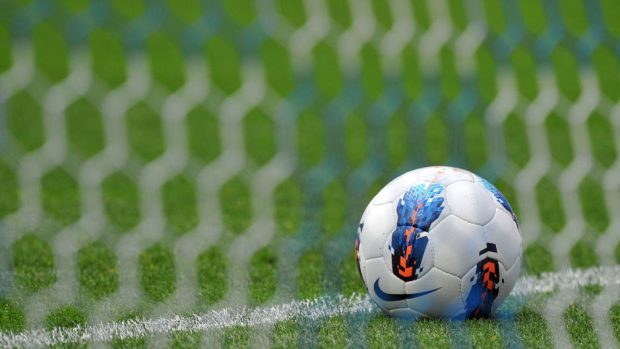The power of sport for social good is well recognised and, when harnessed in the right way, can have a positive impact on organisational goals including improving health, wellbeing, education and social inclusion.
As a force for good, sport can bring people together, locally, nationally and internationally and communicate important messages to a range of different audiences in an incredibly powerful way.
This is why the Scottish Government is looking towards sport, and football in particular, as a vehicle not only for its healthier Scotland agenda but also a channel for educating young and old on a variety of social issues to achieve behavioural change.
But it’s not all about corporate social responsibility. Partnerships between corporates and sport are big business, with major sums injected in return for global brand building.
However, many sports organisations, particularly at grass-roots level, struggle to get the financial backing they so desperately need and, as businesses, we need to be mindful of the role we can and should play in the development of elite athletes and winning teams, not just in the popular sports but also the niche ones.
Business and sport need to work together ever more effectively to learn from each other.
Ultimately, sport is about performance and the three elements that go into it: drive, determination and discipline. All are found in successful teams and successful organisations. They are essential motivators and can be taught, helping to create a culture where people can make a positive difference.
Athletes and coaches must control their emotions to work together in high-pressure situations. Pitching to a new client or presenting to a board can put your nerves on edge but try taking a penalty to win or lose the game with just seconds left on the clock. The psychological approaches taken by high-pressure sport can be adopted by business for greater competitive advantage.
Similarly, sport needs to apply a business mindset to its operations, so that it can reach and understand a wider audience. Sport is a language that can overcome many barriers, and together we can make a real impact in helping develop a healthy, skilled, resilient and productive workforce.
One of the best parts about sport is watching a team work in unison, with a shared vision. Championships are won through the efforts of talented individuals who work together towards a common purpose. While great teamwork can inspire and unite a business, teamwork failures can cause discontent, conflict, and of course, loss of contracts!
The rules for good management in sport are broadly similar to those in business. Successful sports coaches, coax extraordinary performances out of extraordinary people. Successful business leaders coax extraordinary performances out of ordinary people.
In the words of the great Sir Alex Ferguson: “A good manager can make a team 10% better, a poor manager can make it 50% worse!”
